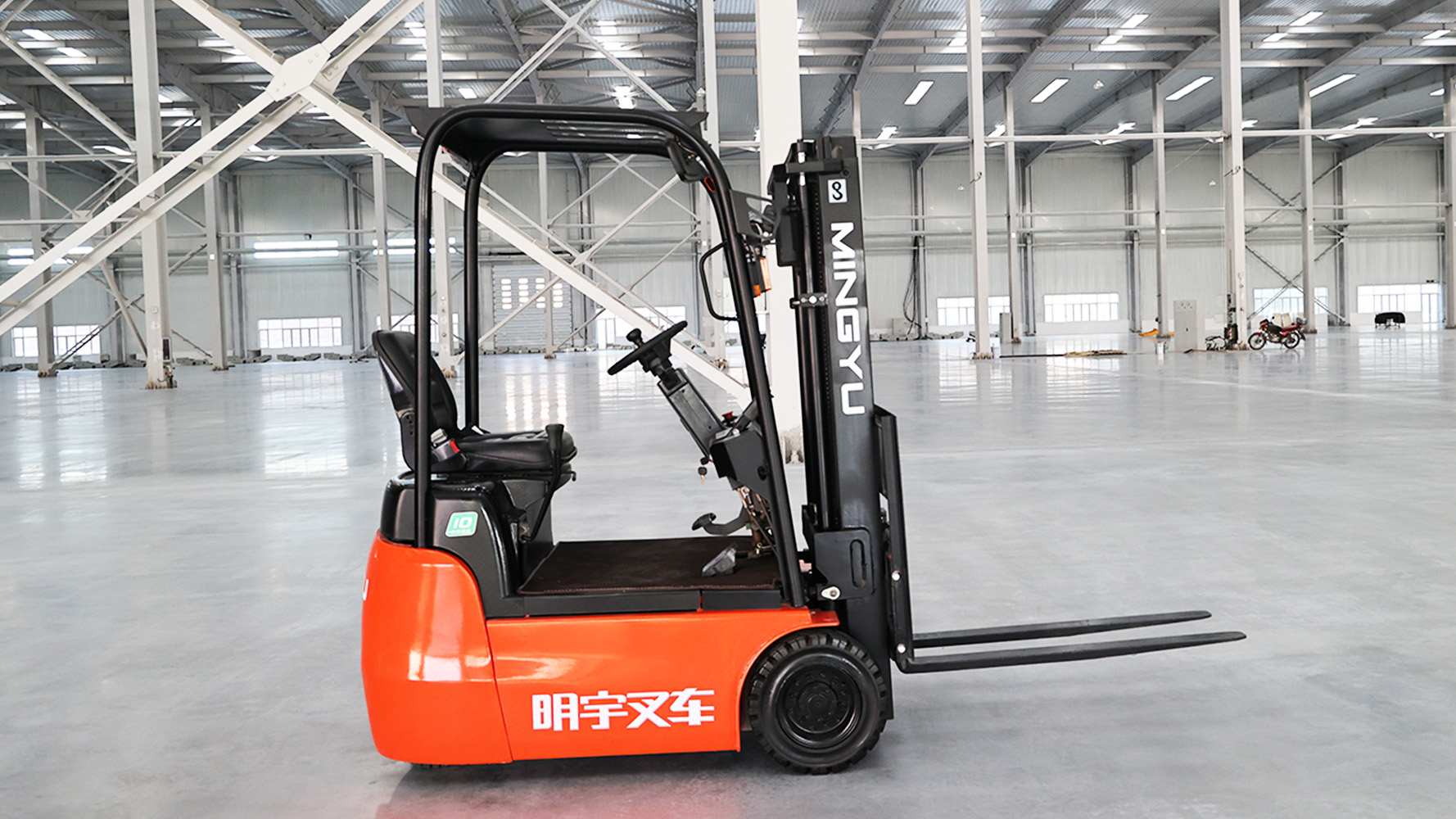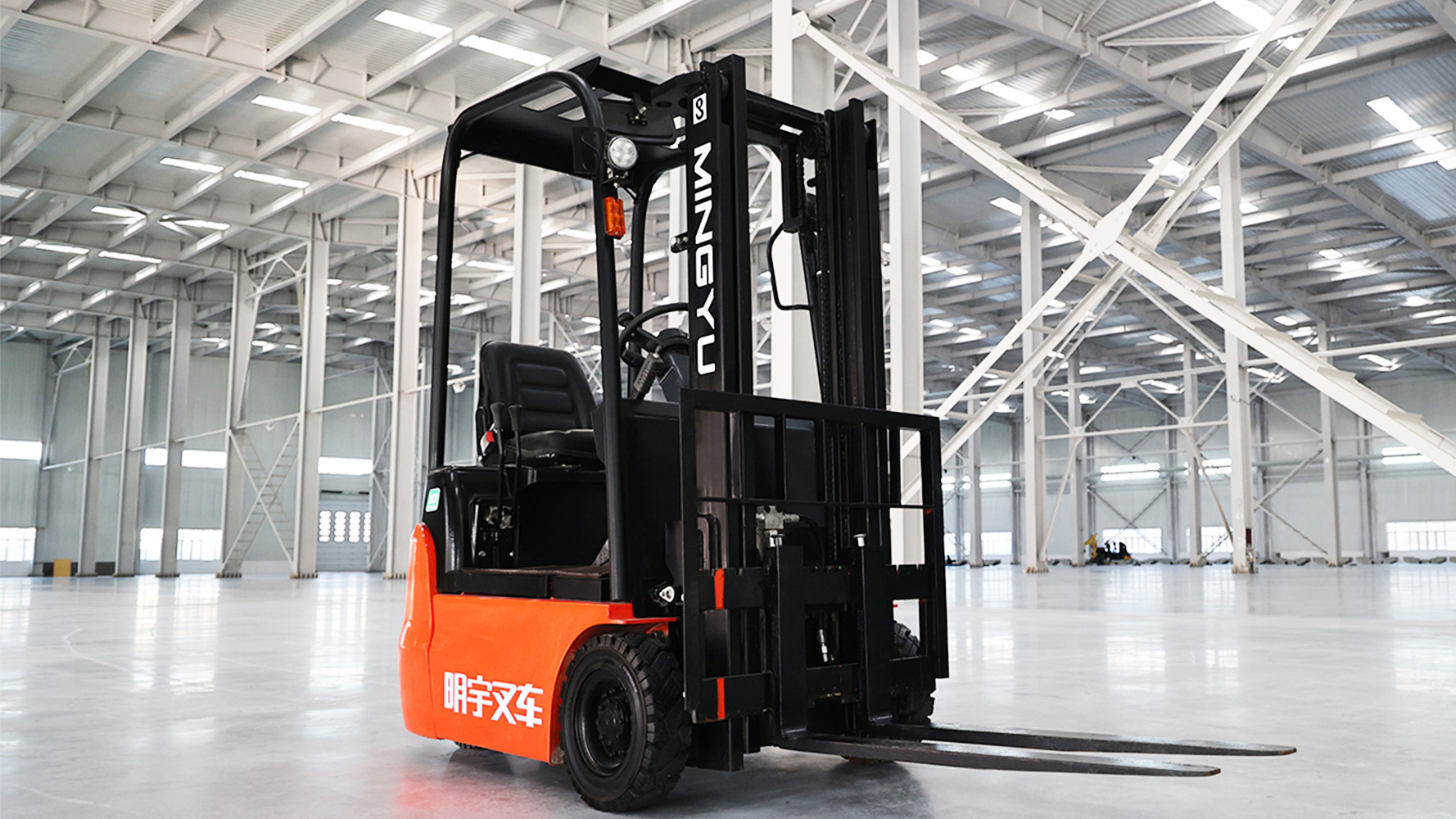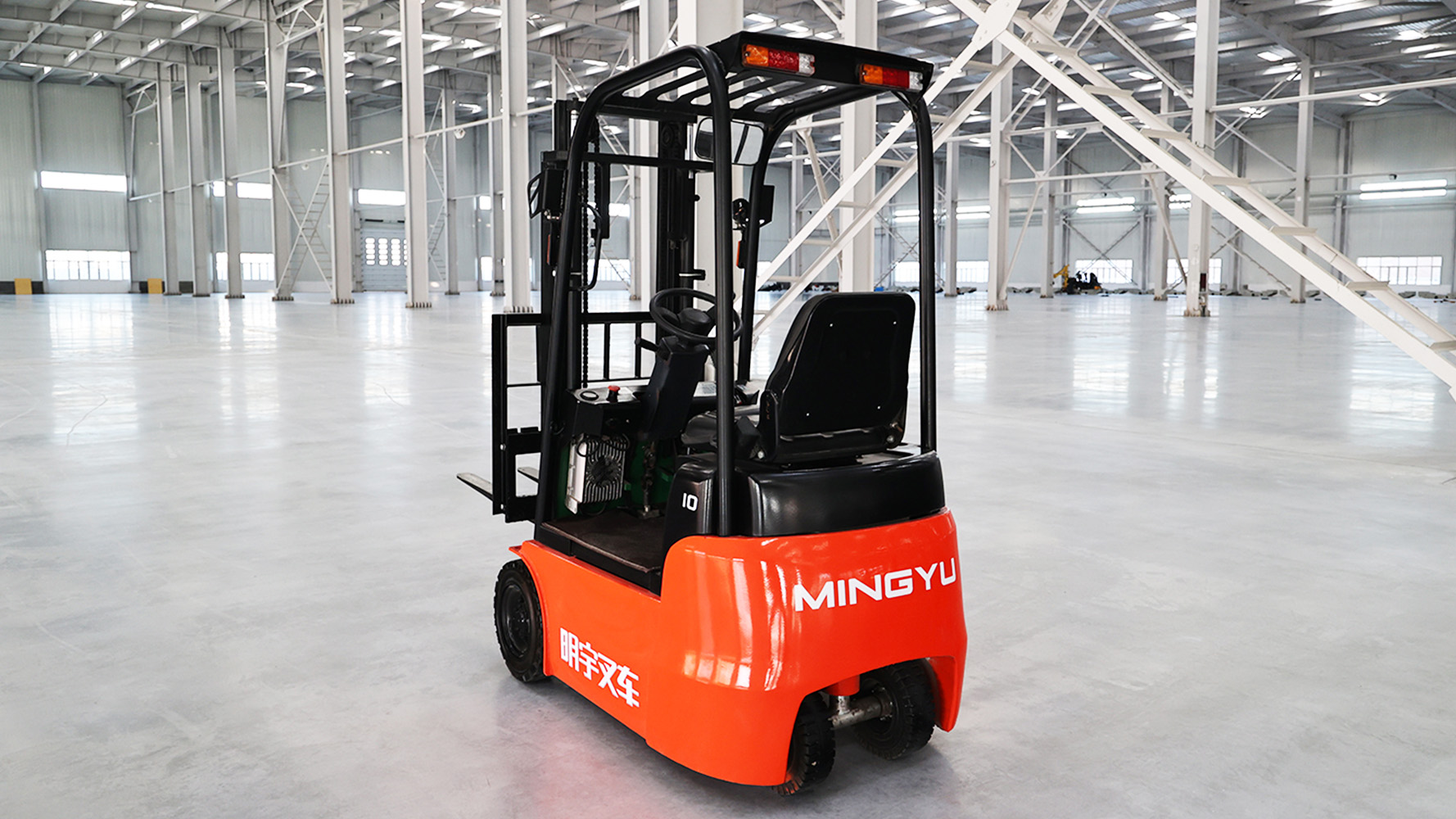I. Introduction
The shift towards electrification is rapidly transforming various industries, and material handling is no exception. Electric forklifts are gaining prominence due to their environmental and economic advantages over traditional internal combustion (IC) models. However, the initial investment required for electric forklifts can be a significant hurdle for many businesses. To mitigate this, governments worldwide are offering incentives and rebates to encourage the adoption of these eco-friendly machines. This article delves into the availability and impact of government incentives, exploring how they influence the decision-making process for businesses considering the transition to electric forklifts.
II. Environmental and Economic Drivers for Electric Forklifts
Electric forklifts offer a compelling combination of environmental and economic benefits. Their zero-emission operation significantly reduces carbon footprint and improves air quality, aligning with global efforts to combat climate change. Additionally, they produce less noise, creating a healthier working environment. Economically, electric forklifts boast lower operating costs due to reduced fuel consumption and maintenance requirements. Governments, recognizing these advantages, are increasingly focusing on policies that promote sustainable practices. Incentives play a crucial role in accelerating the transition by reducing the upfront financial burden, making electric forklifts a more attractive option for businesses.
III. Types of Government Incentives and Rebates
Federal Incentives:
These may include tax credits and deductions that directly reduce the purchase cost or taxable income.
Grant programs provide direct funding for businesses investing in electric equipment.
Loan programs offer favorable interest rates and repayment terms, making financing more accessible.
State/Provincial Incentives:
Rebates offer direct cash back for purchasing electric forklifts.
Sales tax exemptions reduce the overall purchase cost.
Emission reduction credits can be traded or used to offset other environmental compliance costs.
Local/Municipal Incentives:
Grants support businesses implementing sustainable practices within the community.
Reduced permit fees lower the administrative costs associated with equipment installation.
Infrastructure development support aids in the installation of charging stations.
IV. Specific Examples of Incentive Programs
In the United States, for instance, federal tax credits may be available for certain electric vehicle and equipment purchases. States like California offer substantial rebates for electric equipment, and local municipalities often provide grants for businesses adopting sustainable practices. In Canada, federal and provincial programs offer rebates and tax incentives for electric equipment. The European Union has implemented numerous programs to promote the use of electric vehicles and equipment, with varying levels of incentives across member states. Detailed case studies of these programs reveal the specific eligibility criteria, application processes, and benefits.
V. Eligibility Criteria and Application Process
Eligibility criteria for these incentives often vary based on factors such as business size, industry, and location. Common requirements include detailed documentation of the purchase, proof of business registration, and adherence to specific environmental standards. Businesses must be prepared to provide accurate and complete information to maximize their eligibility. Common pitfalls include incomplete applications, missed deadlines, and failure to meet specific program requirements.
VI. Impact of Incentives on Business Decisions
Government incentives significantly impact the return on investment (ROI) of electric forklift purchases. By reducing the initial cost, incentives shorten the payback period and make electric forklifts a more financially viable option. This is particularly crucial for small and medium-sized enterprises (SMEs), which may have limited capital. Incentives play a pivotal role in accelerating the transition to electric fleets, encouraging businesses to adopt sustainable practices sooner rather than later.
VII. Regional Variations in Incentive Availability
The availability and generosity of incentives vary significantly across different countries and regions. Factors influencing these variations include environmental policies, economic conditions, and political priorities. Regions with stringent environmental regulations tend to offer more robust incentives. Analyzing these regional trends provides valuable insights for businesses operating in multiple locations.
VIII. Future Trends and Policy Developments
Government policies and incentives are expected to evolve as technology advances and environmental concerns intensify. Future trends may include increased funding for electric equipment, streamlined application processes, and stricter emission standards for IC forklifts. International agreements and standards will also play a crucial role in shaping future incentive programs.
IX. Case Studies and Success Stories
Real-world examples of businesses that have benefited from government incentives showcase the tangible advantages of adopting electric forklifts. Quantifiable data on cost savings, reduced emissions, and improved operational efficiency provides compelling evidence of the positive impact of these programs. Testimonials from businesses that have made the switch offer valuable insights and encouragement for others considering the transition.
X. Conclusion
Government incentives and rebates play a critical role in accelerating the adoption of electric forklifts. By reducing the financial burden and highlighting the environmental benefits, these programs encourage businesses to embrace sustainable practices. Businesses considering electric forklift purchases should thoroughly research available incentives and understand the eligibility criteria. Staying informed about evolving policies and programs is essential for maximizing the benefits of these incentives. The long-term outlook for government support of electric equipment remains positive, as governments worldwide prioritize environmental sustainability and economic efficiency.
Post time:Mar.27.2025



